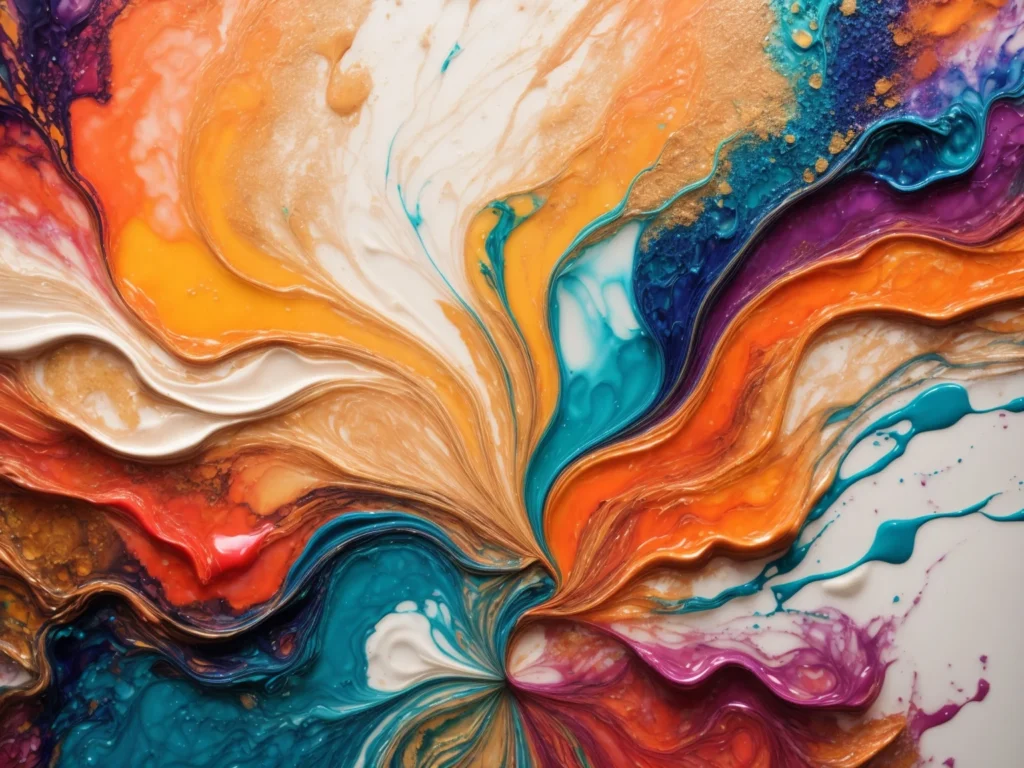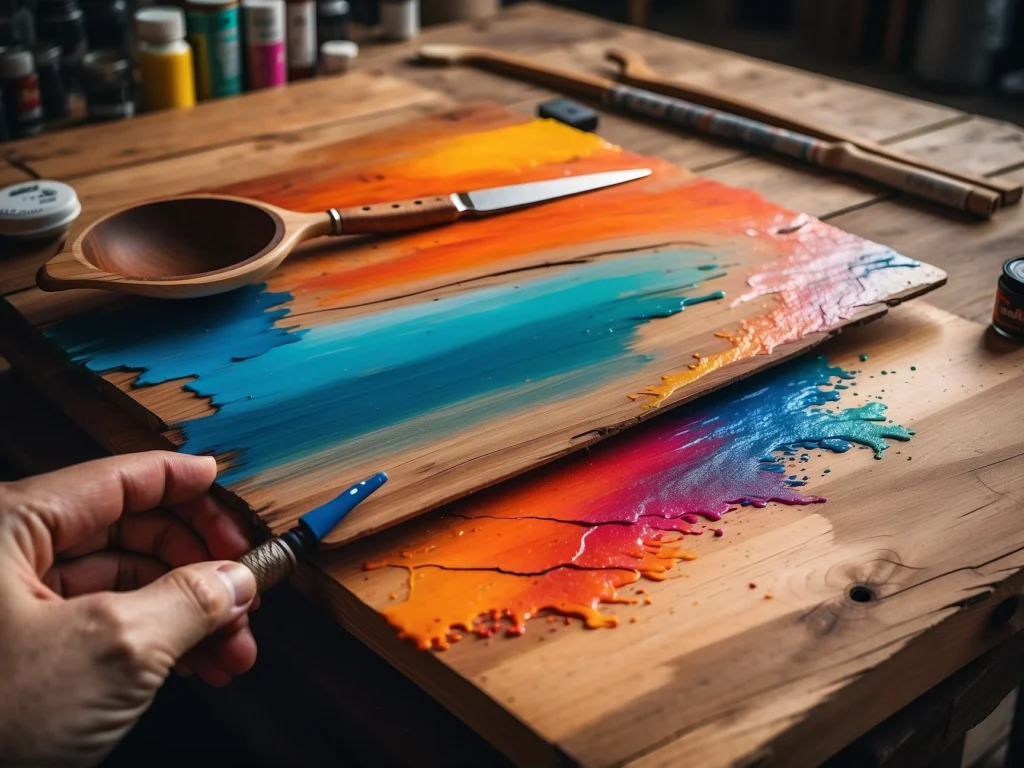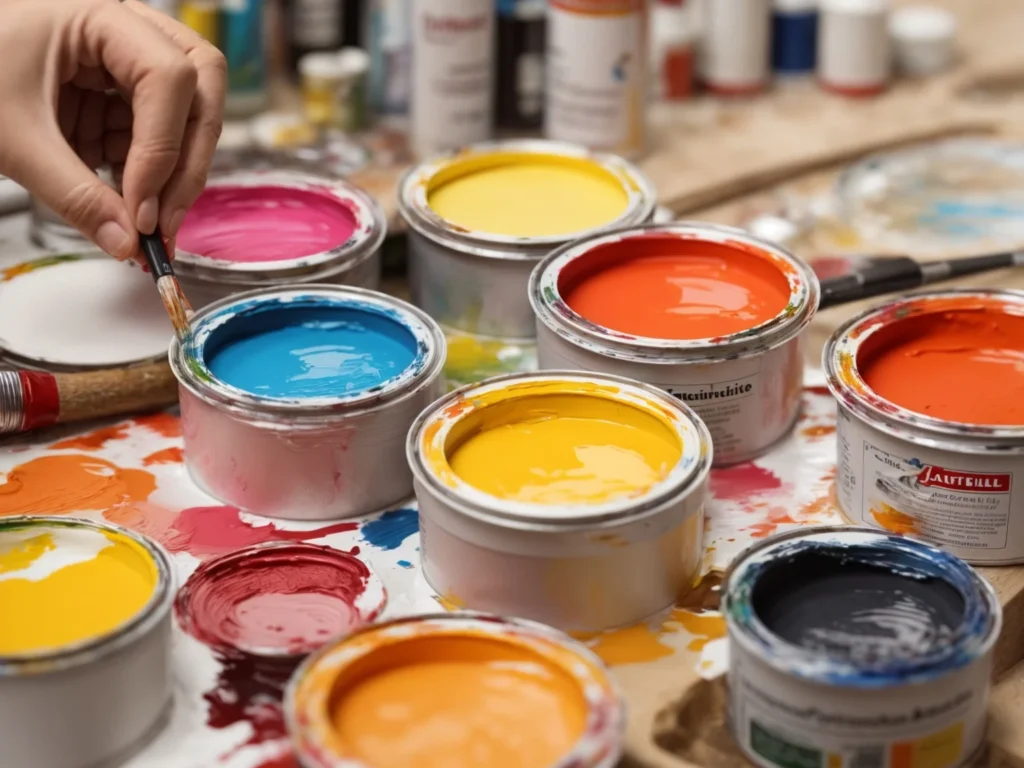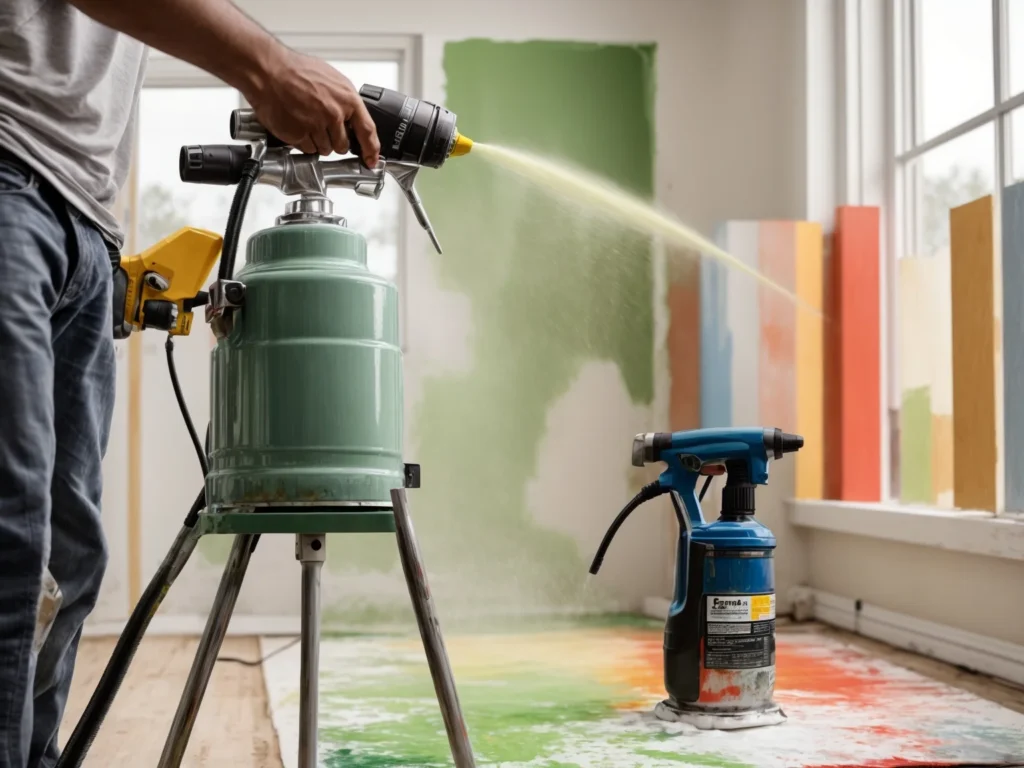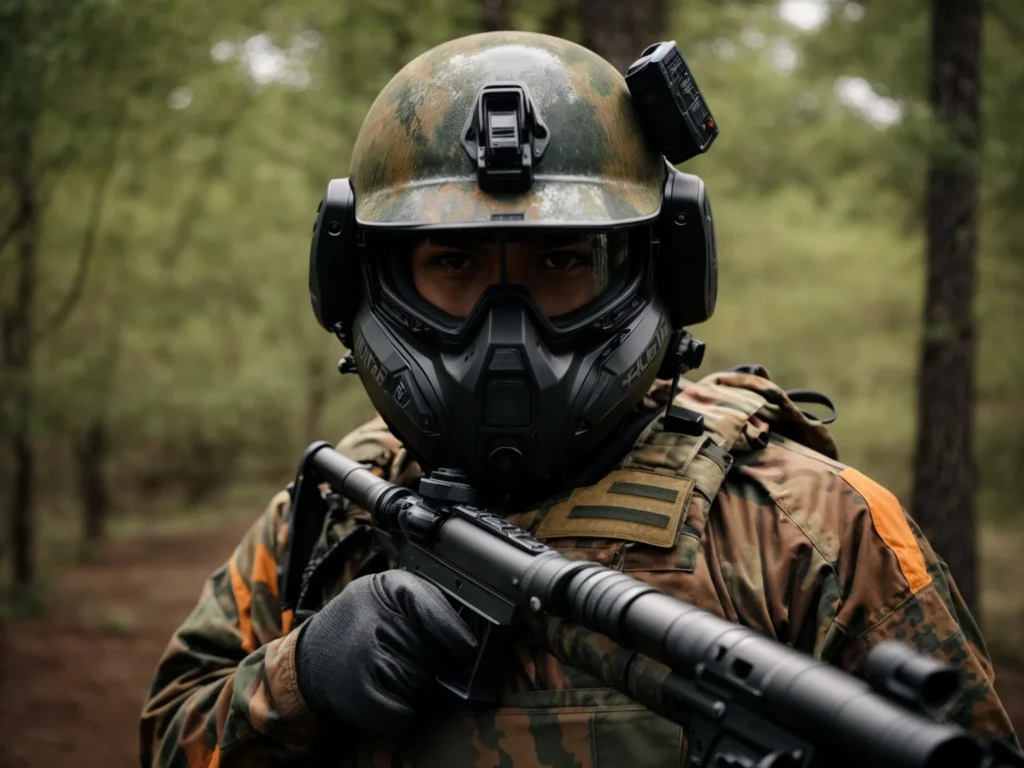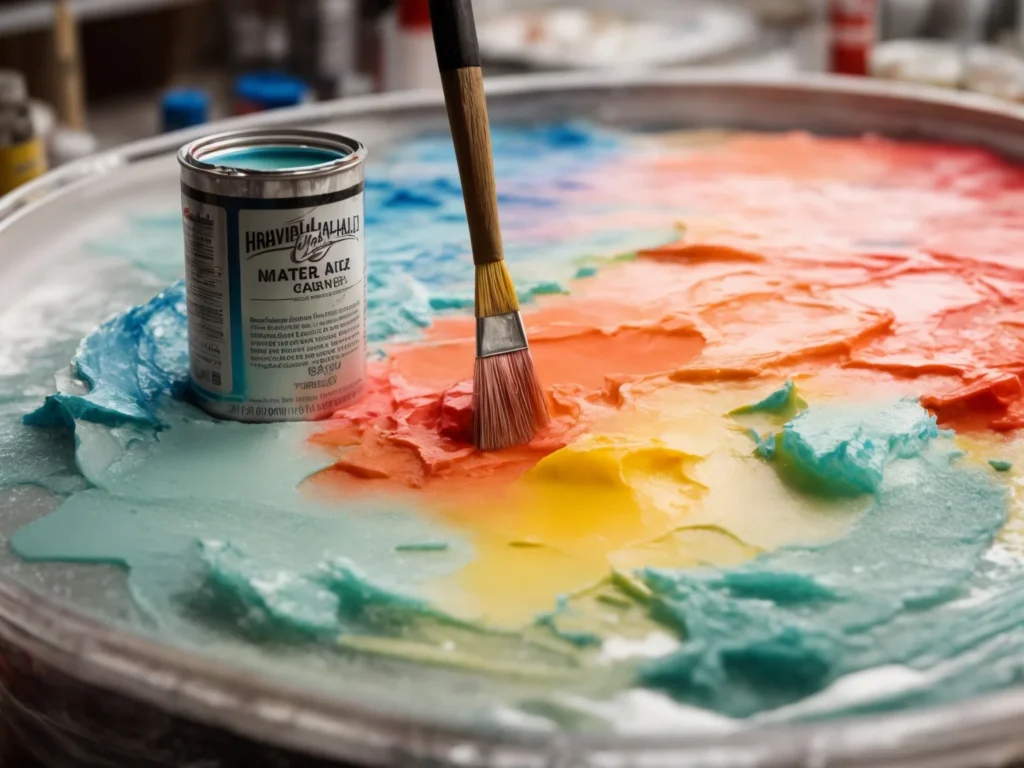Contact paper can be a quick and affordable way to update surfaces like countertops, cabinets, and walls. But sometimes you may want to take your contact paper project to the next level by painting over it. Painting over contact paper allows you to customize the look even further and get creative with colors and finishes.
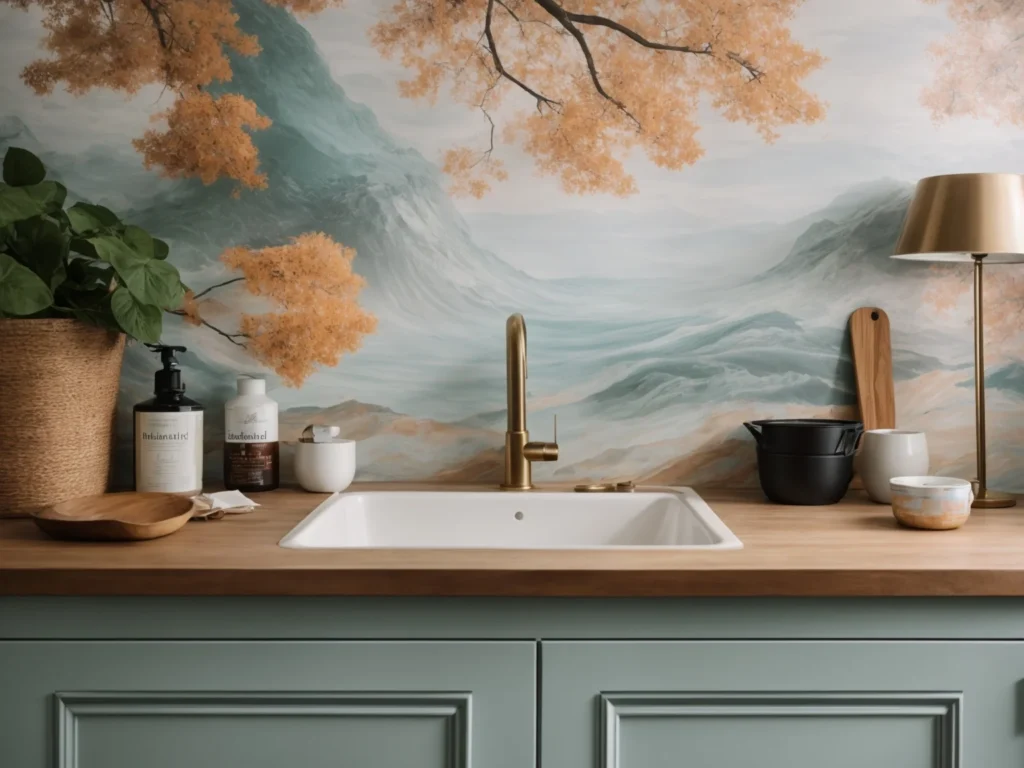
However, there are some important considerations when painting over contact paper. The right steps must be taken to ensure the paint adheres properly and delivers lasting results. This comprehensive guide will walk you through everything you need to know, from choosing paint and primer to techniques for removing contact paper after painting.
Can You Paint Over Contact Paper?
The short answer is yes, it is possible to paint over contact paper. However, some special preparations are required for the paint to stick properly. Contact paper has a glossy, non-porous surface that paint can have trouble adhering to. Additionally, if the contact paper is later removed, it can pull off areas of paint with it.
By taking key steps like priming first and lightly sanding, you can get acrylic, spray, and other paints to bond successfully to contact paper. The paint job also needs to be properly cured and hardened before attempting to remove the contact paper after painting.
How to Prepare Contact Paper for Painting
Proper prep work is crucial for creating an ideal surface for painting over contact paper. Here are some tips:
Lightly Sand the Surface – Use fine grit sandpaper to scuff up the contact paper ever so slightly. This helps the paint grip and bond. Be very gentle to avoid tearing through the paper.
Clean Thoroughly – Wipe down the contact paper with a degreasing cleaner like TSP substitute to remove any dirt, grease, or other residues. This prevents paint adhesion problems.
Apply Primer – Priming before painting over contact paper is a must! Primers enhance paint adhesion and create a uniform surface.
Use Oil-Based Primer – For best results, opt for an oil-based primer over latex-based. Oil-based primers form a superior foundation for contact paper than water-based ones.
Krylon Primer is Ideal – Krylons Stainblocking Primer is specifically designed for glossy surfaces like contact paper. It dries fast too.
Remove Air Bubbles – Run a plastic smoother over the contact paper to push out any trapped air bubbles before priming and painting.
Best Paint Brands for Contact Paper
The brand and type of paint you use will impact how well it sticks to contact paper and its durability. Here are some top recommendations:
Krylon Spray Paint – Their spray paint for plastic bonds great on contact paper and resists chipping or scratching. Multiple sheens available.
Rust-Oleum Paint – Known for adhesion and durability, Rust-Oleum oil-based enamels work great over contact paper primed first.
Behr Premium Paint – This top-rated interior paint applies smoothly over primed contact paper. Low VOCs and multiple finish options.
Benjamin Moore Paint – Their Scuff-X line is fantastic for painting over tricky surfaces like contact paper. Stays looking new longer.
Montana MTN 94 Spray Paint – Specially designed for plastic, vinyl and other glossy/smooth surfaces. Sticks great on contact paper.
No matter what brand of paint you choose, always check that it’s formulated for use on plastics, vinyl, or other low-porosity surfaces for best contact paper compatibility.
What Kind of Paint Works Best on Contact Paper?
Oil-based paints, spray paints, and specialty paints designed for glossy surfaces generally perform better on contact paper than standard latex wall paints.
Here’s an overview of which major paint categories work best:
Oil-Based Paint – The most compatible choice for contact paper since it sticks well and self-levels nicely. Oil-based enamels are ideal.
Acrylic Craft Paint – Can work but doesn’t adhere as durably as other paints. Requires primer first. Best for temporary projects.
Spray Paint – Spraying works better than brush painting for full contact paper coverage. Enamel spray paints bond great.
Specialty Plastic Paint – Newer paints like Krylon Fusion and Rust-Oleum Universal specially formulated for plastic and vinyl make painting contact paper a breeze.
Gloss/Semi-Gloss Paint – Higher gloss paints adhere better than flat on contact paper. They also create a scrubbable surface.
When selecting paint, look for ones labeled for use on plastics, vinyl, glossy surfaces, metal, or masonry for optimal contact paper adhesion. Avoid standard latex wall paints.
Step-by-Step Painting over Contact Paper Instructions
Now that you know how to prep contact paper for painting and the best paint types to use, follow these steps for a smooth painted finish:
Supplies Needed
- Contact paper
- Fine grit sandpaper
- TSP substitute cleaner
- Oil-based primer
- Paint (spray paint, oil-based enamel, etc.)
- Plastic smoother/scraper
- Foam paintbrushes and roller
- Painter’s tape
Instructions
- Clean the contact paper surface thoroughly with a degreaser to remove any dirt or residue.
- Lightly sand the contact paper using fine 120-150 grit sandpaper. Sand just enough to scuff up the surface – be gentle.
- Wipe away all sanding dust with a dry cloth.
- Apply 1-2 coats of oil-based primer, following the manufacturer’s instructions. Krylon’s Stainblocking Primer works extremely well.
- Allow primer to fully dry as specified on the can before painting.
- Before painting, use a plastic smoother to remove any air bubbles between the contact paper and the surface below.
- Apply 2-3 thin coats of paint in the sheen/finish of your choice, spraying or rolling on an even coat. Some options:
- Krylon Fusion or Rust-Oleum Universal for plastic
- Oil-based enamels
- Gloss or semi-gloss latex paint
- Allow paint to cure fully, about 7 days, before attempting to remove contact paper.
With the right preparation and paint products, you can achieve a beautiful and durable painted finish over contact paper that lasts.
Can You Use Acrylic Paint on Contact Paper?
Acrylic craft paints and acrylic artist paints can both be used on contact paper, but there are some things to keep in mind:
- Acrylic paint adheres best when applied over a primer first. Without primer, it may eventually peel or scratch off from contact paper over time.
- For long term use, acrylic enamel spray paints formulated for plastic provide better adhesion and durability than standard acrylics.
- Craft-style acrylic paint can work nicely for temporary contact paper projects. Just don’t expect the same sturdiness as from oil-based paints.
- Acrylics scratch and scuff more easily than other paint choices. Apply a protectant finish for added durability.
- Apply acrylic paint in thin layers, allowing drying time between coats. Thick blobs may crack or lift off over time.
So for short term uses like holiday decorations or school projects, regular acrylic paint can decorate contact paper nicely. But for a heavy-duty high-traffic surface like a countertop or tabletop, spray acrylic enamels or oil-based paints are a far better choice.
Can You Spray Paint Contact Paper?
Spray painting is a fast and easy way to paint over contact paper, but like any paint, proper prep is needed for good adhesion. Here are some tips:
- Scuff up the contact paper first using fine sandpaper to help the spray paint grab on.
- Apply 1-2 coats of oil-based primer before spray painting. This allows for maximum paint adhesion.
- Krylon Fusion spray paint bonds extremely well on contact paper. Just be sure to use light coats.
- Rust-Oleum Universal spray paint is also specially designed for use on plastic, vinyl and glossy surfaces.
- Enamel-based spray paints adhere much better than standard latex spray paints on contact paper.
- Avoid using spray paints containing acetone or harsh solvents. They can cause contact paper to wrinkle.
- Properly prep the spray paint can by shaking vigorously and spraying a test strip first.
Spray painting is a fast and flawless way to color contact paper, but the key is proper surface prep and using spray paints formulated for glossy non-porous surfaces.
What Primer Should You Use Before Painting Contact Paper?
Choosing the right primer is one of the most critical steps for successful paint adhesion on contact paper. Here are the best options:
Oil-Based Primers – Offer the very best adhesion on glossy surfaces like contact paper. They prevent paint chipping or peeling later on.
Krylon Stainblocking Primer – Specifically designed for use on glossy surfaces like contact paper. It dries fast too.
Zinsser Bulls Eye 1-2-3 Primer – A water-based primer that still adheres incredibly well before painting non-porous surfaces. Nearly unbeatable stain blocking.
KILZ Adhesion Primer – Sticks to slick surfaces even better than their regular KILZ primers. Great for ensuring paint adhesion.
Rust-Oleum Universal Primer – Formulated to prep plastic and metal for painting. Works well on contact paper too.
XIM UMA Primer – Excellent adhesion on the trickiest surfaces like vinyl, Formica, and contact paper. Tintable too.
Valspar Primer/Sealer – A budget-friendly primer option that still bonds well before painting over contact paper.
No matter which brand you choose, make sure to select an oil-based, vinyl-friendly primer or one specifically designed for maximum adhesion. Avoid basic wall primers – they won’t cut it for contact paper.
Also, only apply the amount of primer needed. Too thick of a coat can cause the finish paint to crack or peel later on.
Can You Remove Contact Paper After Painting?
Yes, it is possible to remove contact paper after painting over it, but it requires some care to avoid damaging the painted finish. Here are some tips:
- Let the paint fully cure first before attempting to remove – wait at least 5-7 days. This prevents the paint from lifting off.
- Work slowly and carefully when pulling up the contact paper. Go from one corner and peel back gradually.
- If the contact paper is stubborn, use a heat gun to warm it up which softens the adhesive. This helps it release easier.
- Any leftover adhesive can be removed after taking up the paper using Goo Gone or cooking oil. This prevents the paint from peeling off later.
- Avoid aggressive scrubbing when cleaning off adhesive residue. Wipe gently to keep the paint intact.
- Higher gloss paint finishes flex better when removing contact paper and resist chipping or peeling.
- Expect the possibility of minor paint damage. Touch up spots as needed after removing paper.
Painting over contact paper allows you to customize the look. But removing the actual contact paper later requires a delicate approach. The tradeoff is sometimes worth it for temporary color.
Painting Contact Paper Edges
For the best finished look, make sure to paint the edges of the contact paper after adhering it. Here are some tips:
- Lightly sand the edges first to help the paint grab on better.
- Apply painter’s tape around the perimeter to protect surfaces. Remove tape immediately after painting.
- Use a small foam brush to carefully paint the edges. Multiple thin coats are better than one thick coat.
- Acrylic and spray paints work great for edge painting since they dry smooth and fast.
- Let painted edges fully cure for at least 24 hours before removing the tape or touching up.
- For countertop contact paper, seal the edges with silicone caulk after painting. This prevents moisture damage.
Taking the time to finish off the contact paper edges with some coordinating paint keeps them looking neat and tidy while also protecting from wear.
Painting Contact Paper Projects
Painting over contact paper opens up many unique decorative project possibilities. Here are some fun ideas:
Faux Tile Backsplash
- Create a fake tile backsplash using white contact paper and paint to add grout lines and colors. Changes easily.
Patterned Tabletop
- Adhere black contact paper then paint on a modern geometric design in bold colors for an artsy table.
Faux Stained Glass
- Use contact paper cut into geometric shapes, then paint over it using translucent paints. Mimics real stained glass when backlit.
Temporary Accent Wall
- Add instant color and texture to a wall with paintable contact paper. Removes easily to change up looks.
Wall Mural
- Find a wall mural image you like, print it on sheets of contact paper, adhere it, then paint right over to recreate the design.
Painted Woodgrain
- For faux wood paneling, paint woodgrain details onto brown contact paper. Adhere to walls for cozy cabin vibes.
With a little creativity, contact paper provides the perfect base for all kinds of painted murals, faux finishes, and decorative painting techniques.
Contact Paper Designed for Painting
Some contact paper options available are specifically designed to be painted over directly with no primer needed:
Nuwallpaper Paintable Wallpaper – Made from a unique matte vinyl material ready for direct painting. Peels off easily.
Tempaper Paintable Wallpaper – Their Design Your Wall option can be customized and painted once applied. Sticks smoothly and removes cleanly.
Magic Paper Paintable Wallpaper – Thick, matte, non-woven material that paint adheres directly to. Made in Germany.
Roommates Custom Wallpaper – Upload designs or photos to print on their peel-and-stick paintable wallpaper material.
Hygge & West Paintable Wallpaper – Chic paintable designs that come in pre-pasted rolls for easy water-activated application.
Anthropologie Paintable Wallpaper – Trendy designs and colors, pre-pasted for simple application and painting.
For the ultimate convenience, look for these paintable contact paper brands made specifically for direct painting. The project steps and results will be much easier than regular contact paper. Though more costly, it�s worth it for a seamless painted finish.
FAQs
Here are answers to some frequently asked questions about painting projects with contact paper:
Can you use latex paint over contact paper?
Latex paints don’t adhere as well directly to contact paper. It’s best to use an oil-based primer first before applying latex paint for a durable bond.
How do you get brush strokes out of painted contact paper?
Foam roller applicators are great for minimizing brush strokes on contact paper. Glossier sheens also help smooth out brush marks.
Can you stick contact paper to painted wood?
Yes, contact paper will stick well to any smooth, clean painted wood surface. Fresh paint does need 2-3 weeks curing time first.
Is it cheaper to paint or use contact paper?
Contact paper is generally cheaper for small DIY projects. But for large areas, pre-pasted removable paintable wallpapers can be competitive with the cost of paint.
Can you use rubbing alcohol to get contact paper adhesive off walls?
Yes, rubbing alcohol works to break down and remove leftover contact paper adhesive. Just rub gently to avoid damaging the paint.
How long does painted contact paper last?
When properly primed and painted, contact paper can last for many years before needing replacement. Higher gloss paints last longer.
Can you use wallpaper glue to apply contact paper?
Yes, you can adhere contact paper using wallpaper paste. This allows repositioning during application. Just go very light on the paste.
Conclusion
Painting over contact paper allows you to customize surfaces while still enjoying the convenience of contact paper. With the right prep work, paint choices, and application techniques, you can achieve beautiful painted contact paper finishes. Just be sure to use caution when removing painted over contact paper.
Follow the recommendations in this guide for choosing top primer and paint products for contact paper and properly preparing the surface. Then get creative painting on colors, patterns, and designs that complement your space and style!
